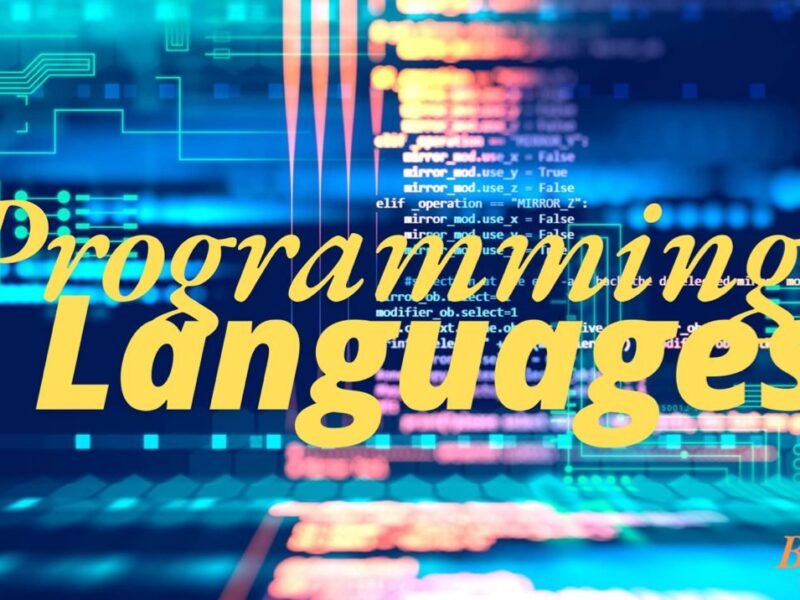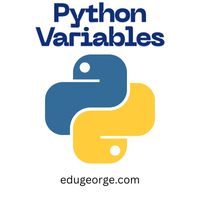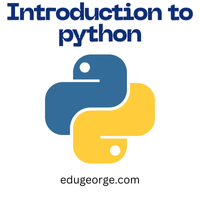INTRODUCTION TO PROGRAMMING LANGUAGES:
From mobile apps to operating systems, they are the backbone of software development. Currently, they play a vital role in shaping the world around us. In this article, we’ll explore the basics of programming languages; types, features, and applications.
Definition:
A programming language is a set of instructions that a computer can understand and execute. It’s a way to communicate with a computer and tell it what to do. They are used to write software, apps, and websites, and are an essential tool for any aspiring developer.
Types of Programming Languages
They are several types. Here are three main categories:
- Procedural Programming Languages: These languages follow a step-by-step approach to problem-solving. Examples include C, Java, and Python. They use procedures and functions to organize code.
- Object-Oriented Programming Languages: These languages organize code into objects that contain data and functions. Examples include Java, C++, Python, PHP and Ruby
- Functional Programming Languages: These languages focus on evaluating expressions and declaring functions, emphasizing immutability, recursion, and higher-order functions. Examples include Haskell, Lisp, and Scheme.
- Scripting Languages: These languages are designed for rapid development, execution, and scripting, often used for web development, system administration, and automation.. Examples include Python, Ruby, PHP, Node.js, Perl, bash, etc.
- Logic Programming Languages: They are based on formal logic, using logical statements and inference rules to solve problems. Examples include Prolog and Mercury.
Features of Programming Languages
They have several features:
- Syntax: They are rules that govern the structure of code, including indentation, punctuation, keyword usage, etc.
- Semantics: It is the meaning of code and how it’s executed. They include data types, operators, control structures, etc.
- Variables: These are containers that store data values. It includes their declaration, assignment, and scope.
- Control Structures: They are statements that control the flow of code execution, including conditional statements, loops, and functions.
- Data Types: They are the classification of data into different types, such as integers, strings, and arrays.
Their Applications:
- Web Development: Building websites and web applications using languages like HTML, CSS, and JavaScript.
- Mobile App Development: Creating mobile apps for Android and iOS using languages like Java and Swift.
- Game Development: Building games for PCs, consoles, and mobile devices using languages like C++ and Java.
- Artificial Intelligence and Machine Learning: Building intelligent systems that can learn and adapt using languages like Python and R.
Future of Programming languages
As technology continues to evolve, they will play an increasingly important role in shaping the future of software development. Some trends for the future of programming languages include:
- Increased Adoption of Functional Programming: Languages like Haskell, Lisp, and Scheme will become more popular as developers seek to improve code modularity, reusability, and scalability.
- Rise of Domain-Specific Languages: Domain-specific languages (DSLs) like SQL, LaTeX, and MATLAB will continue to gain traction as developers seek to optimize performance, productivity, and readability in specific domains.
- Growing Importance of Artificial Intelligence and Machine Learning: AI and ML will become increasingly integral to software development, driving the adoption of languages like Python, R, and Julia.
- Increased Focus on Code Readability and Maintainability: As software systems become more complex, developers will prioritize code readability and maintainability, driving the adoption of languages with strong support for modularity, abstraction, and documentation.
In conclusion, Programming languages are the greenlight/building blocks of software development, enabling developers to create innovative solutions that transform industries and improve lives globally. As technology continues to evolve, understanding their basics is essential for any aspiring developer…







2 comments
Can C++ be used for machine learning?
Of course! C++ can be used for machine learning.
C++ is a flexible programming language, due to its speed and efficiency it can be used for developing machine learning applications.